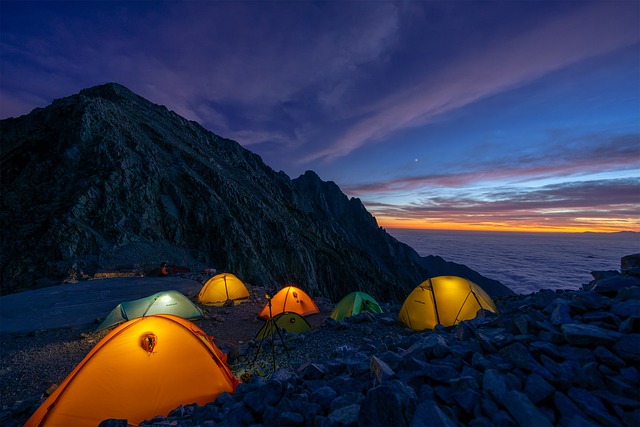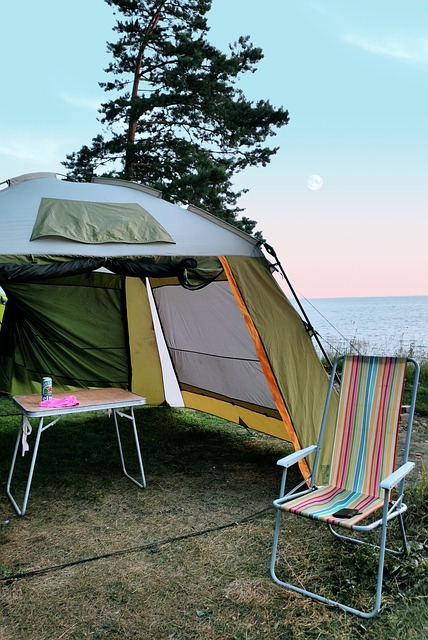The wine and brewery industry's growth has significantly impacted local real estate markets, with entrepreneurs establishing unique attractions centered around craft beverages to drive economies. This trend has increased demand for commercial spaces like tasting rooms and production facilities, leading to the development of mixed-use communities that boost property values and foster community engagement. Strategic real estate choices are crucial for wineries, breweries, and tasting rooms to create memorable experiences, attract patrons, and ensure long-term success through sustainable practices, captivating design, and creative space utilization.
In today’s culinary landscape, wineries and breweries are not just thriving—they’re becoming cultural hubs. From a real estate perspective, these establishments have transformed into valuable assets, attracting crowds with their unique offerings and inviting spaces. This article delves into the factors behind their success, exploring location, design, and sustainability as key drivers in the real estate market. Discover how these elements create successful tasting rooms and foster thriving communities.
The Rise of Wine and Breweries: A Real Estate Perspective

The wine and brewery industry’s growth has significantly impacted the real estate market, particularly in regions known for their viticulture and brewing traditions. As consumer preferences shift towards craft beverages, many entrepreneurs are recognizing the potential of establishing wineries and breweries as a unique attraction, driving local economies. This trend has led to an increase in the demand for commercial spaces tailored to these industries, such as tasting rooms, production facilities, and event venues.
Real estate developers and investors have taken notice, identifying prime locations for mixed-use developments that accommodate both residential and commercial needs. The success of these ventures lies in creating vibrant communities where locals and tourists alike can immerse themselves in the local beverage culture. This shift not only enhances the overall real estate value but also fosters a sense of place and community engagement, ensuring the sustainability and longevity of these thriving wineries and breweries.
Location, Location, Location: Factors Driving Success in Tasting Rooms

The success of wineries, breweries, and tasting rooms often hinges on one crucial factor: location, location, location. In the competitive food and beverage industry, choosing the right spot can make or break a business’s viability and appeal to customers. Real estate plays a pivotal role in enhancing the overall experience for visitors, from wine enthusiasts to casual imbibers.
Strategically situated establishments can attract a steady stream of patrons by offering easy accessibility, visible storefronts, and ample parking. Proximity to popular tourist destinations, scenic landscapes, or urban hubs can significantly boost foot traffic. Moreover, real estate considerations like lease terms, rental costs, and local regulations impact operational expenses and the overall business plan. A well-chosen location allows these establishments to create a unique atmosphere, whether it’s a cozy, rustic barn or a modern, industrial space, thus fostering memorable experiences that draw customers back time and again.
Sustainability and Design: Creating Inviting Spaces for Customers

Wineries, breweries, and tasting rooms are no longer just about the product; they’re also about creating an experience. In today’s competitive market, sustainability and design play a crucial role in drawing customers and fostering loyalty. Eco-friendly practices, such as solar panels, greywater recycling systems, and organic landscaping, not only reduce operational costs but also appeal to environmentally conscious consumers. These initiatives also extend to the interior design, which often incorporates natural materials, open spaces, and modern aesthetics to create inviting and Instagrammable atmospheres.
Real Estate is a significant consideration in this trend. Tasting rooms located in picturesque settings or urban centers with vibrant real estate value attract visitors. Architects and designers are leveraging space creatively, integrating tasting areas seamlessly into gardens, lofts, or converted industrial buildings. This blend of sustainability and design not only enhances the customer experience but also positions these establishments as destinations, contributing to their long-term success and thriving in a competitive industry.






